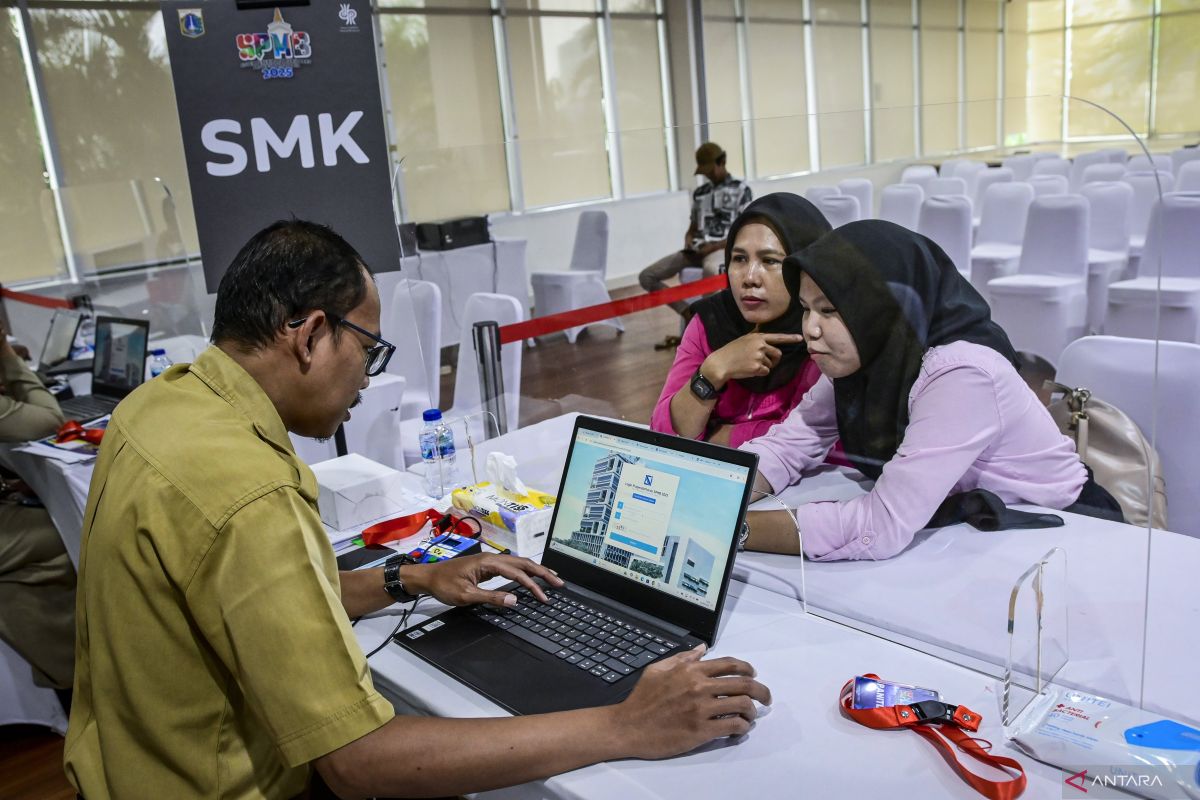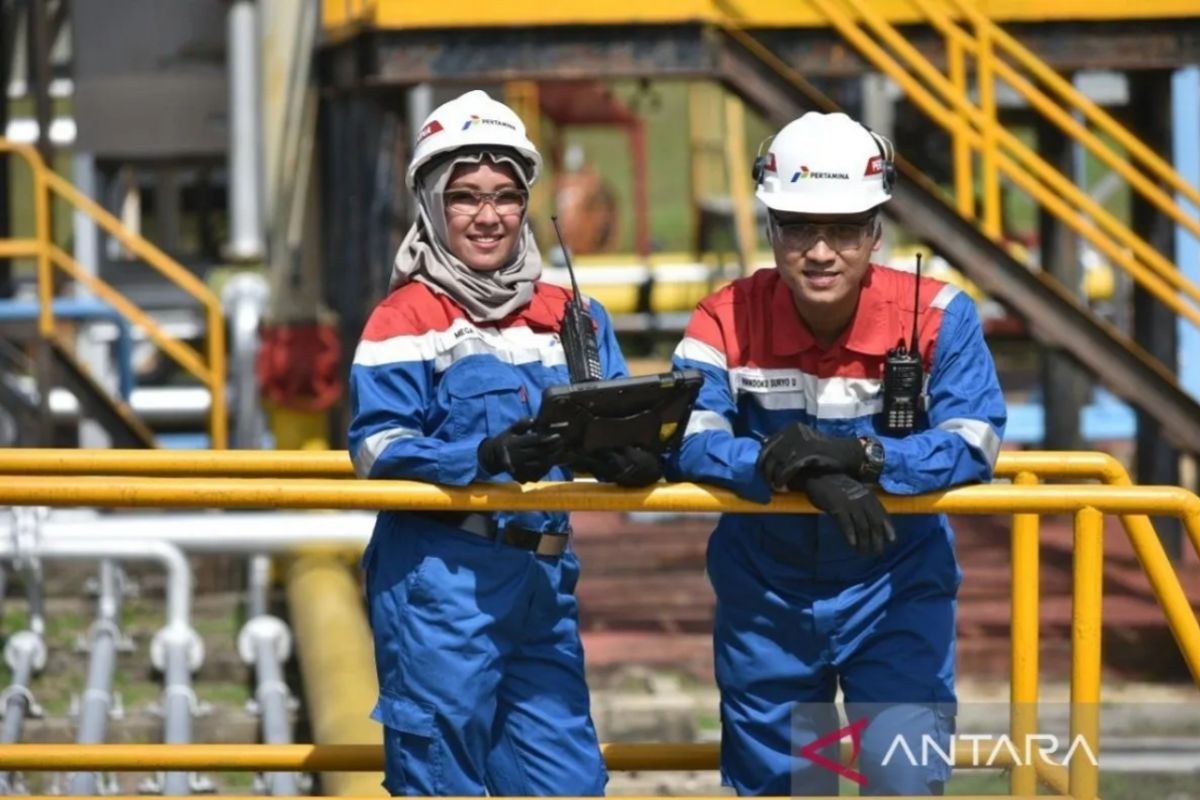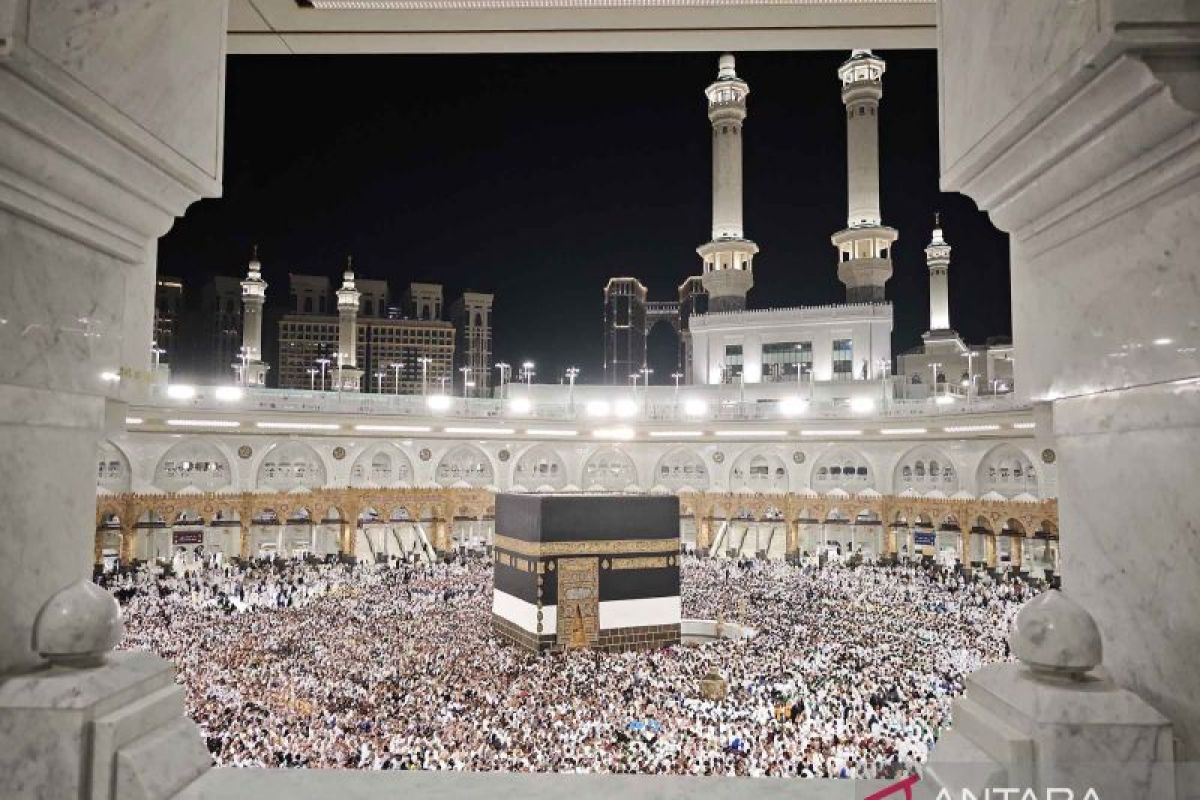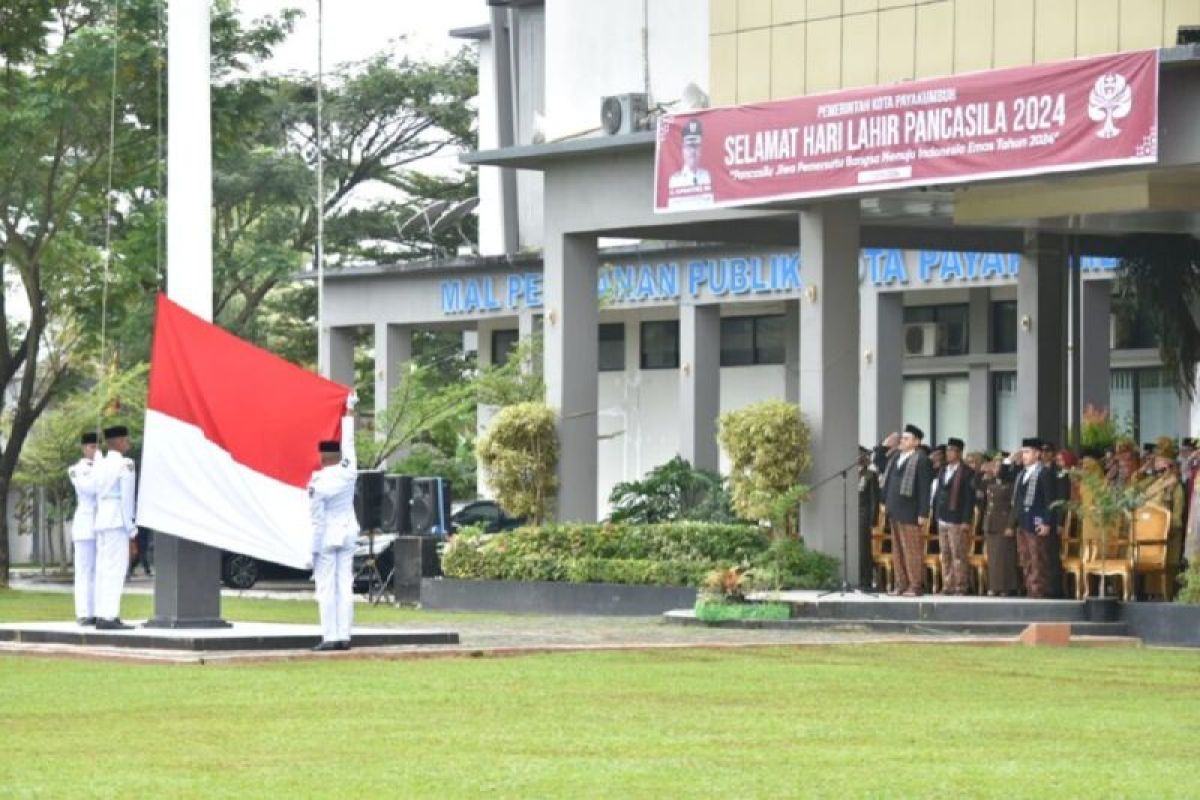To most, a Formula One race starts when the five lights go out and ends two hours later with an enthusiastic wave of the checkered flag.
But, for those in the sport, that bite-sized TV spectacle is a tiny part of a logistical marathon stretching almost two weeks - and costing tens of millions of dollars.
Among the 10 teams walking that organizational tightrope is Alpine F1, with its drivers Pierre Gasly and Franco Colapinto, and a star-studded ownership group that includes Travis Kelce, Patrick Mahomes, Rory McIlroy, Ryan Reynolds and Rob McElhenney.
The history of the team, in its many guises, goes back to the 1980s and encompasses World Championship title wins with Michael Schumacher and Fernando Alonso. But the current iteration has been on the grid since 2021.
In Montreal last weekend, the Alpine team celebrated its 100th race weekend, a five-year slog involving thousands of miles, billions of dollars, and one win.
Over the course of a hectic weekend, the Daily Mail was granted rare access to the inner workings of the team, to find out how the sport really operates…
Alpine's Formula 1 team had its 100th race at the Canadian Grand Prix in Montreal last weekend
Pierre Gasly (right) and Franco Colapinto (left) are the team's two drivers this season
It's Friday morning, and though not a single engine has yet been fired up, the Formula One paddock is already a scene of organized chaos. In the Alpine motorhome, nobody stays still for long.
Staff flit in and out, some entertaining VIP clients, others transporting parts to the garage, and almost all topping up their caffeine levels to fuel them for yet another 12-hour day.
At one point, the arrival of de facto team principal Flavio Briatore – a legendary and often controversial figure in the world of F1 - makes everyone sit up a little straighter.
Moments later, Race Team Manager Rob Cherry emerges from the back room to join the Daily Mail, taking time out of his own packed schedule to talk numbers. And, by his own account, some can be 'scary'.
Canada is round 10 on a 24-race calendar that runs from pre-season testing in Bahrain in February to the season finale in Abu Dhabi in early December.
This trip to Montreal is a standalone weekend sandwiched between a European stint, including the likes of Monaco, Silverstone and Spa.
Given the distance between this race and the others around it, air freight is a crucial cog in the machine - and it is Cherry's job, as the man responsible for trackside operations, to coordinate everything from start to finish.
Travis Kelce points to his Alpine cap during his appearance at the Miami Grand Prix in 2023
Patrick Mahomes - pictured with his wife Brittany - is also an investor in the Alpine F1 team
'We actually fly people out here over a week in advance of the race,' Cherry says, explaining that the 'early set-up crew' arrived last Friday, seven days before the weekend's action began.
'We fly 34 tons of air freight to every event. In addition to that, we have five sea containers, and that's just for our team.'
While 34 tons already seems like a lot, the cost, once a price tag is put on it, becomes astronomical. Alpine pays $500 a kilo for the privilege of flying their parts across the world. With 907 kilos in a ton, 34 tons comes out as an eye-watering $15.4million. For one race.
Race Team Manager Rob Cherry spoke to the Daily Mail about the costs behind getting Alpine to 24 races in a year
The sea containers, although far cheaper, still cost $250,000 a pop. Five of them add $1.25million to the bill - pushing the total price of moving parts to $16.65million, an astonishing amount of cash for a single weekend of racing.
From Canada, F1's schedule continues across Europe, with races in Austria, the UK, Belgium and Hungary. Between now and October, trucks – to the accountants' delight – will be the primary mode of transport, saving the team millions in freight costs.
But back to Canada, where the cash continues to flow. Cherry shifts focus to to the team's personnel, revealing that Alpine alone have a massive contingent of 120 on site in Montreal.
'Fifty-eight people are allowed to be operational within a race weekend,' he says. 'By operations, that's the ones that are connected to the car, be it a mechanic or an engineer. If you have an input in performance, you're deemed to be operational.
'On top of that, we have non-operational roles: marketing, communications, catering. It's a logistical nightmare on the human resource side of things, making sure that you've got the people in the right place, particularly when we do triple header fly-aways, and you're sending people onwards to the next event, making sure the kit's there. It's quite a lot of moving pieces.'
Rory McIlroy chats with the Alpine mechanics during a visit to the United States Grand Prix
Alpine's mechanics travel thousands of miles each year, and will compete in 24 races in 2025
To put a cost on the price of accommodation for the team, Cherry says that the bill comes to £220,000 (or $300,000) for the week. 'That's just the hotel… it's endless,' he adds.
The mental and physical toll of a 24-race, 10-month calendar on the F1 teams' personnel is immense, and has only worsened in the recent years with more and more events being tagged on.
One thing is clear: those working within the sport believe they're at their limit… 24, and no more.
'You're doing these long haul flights, people flying in economy, leaving a country, 12-hour flight, off the plane, into work, you just keep going and going,' Cherry says.
'We've been able to ease the load now with different set-up and pack-up crews so that people can actually have a day's rest. It's good for them but also good for the team because people will return to the next event in slightly better condition.
'It takes its toll, you're still away, you're not going home, you're not fully switching off, but breaking up that with a day off for everyone is pretty key. So, yes, it's improved but nevertheless it's still tough.
Flavio Briatore - a legendary figure in the world of F1 - is de facto team principal of Alpine
Gasly's crew work on his car in Montreal last weekend, in a bid to help him higher up the grid
'When you look at some of these long triple-headers we do, like Las Vegas to Qatar, the time zone shift is 12 hours. Plus, you're doing an 18-hour flight in between as well. It's tough on anyone, whatever class of travel you fly.'
Part of the romance of the sport, though, comes in the glitz and the glamor, supercharged in the past few years thanks to the success of Netflix docuseries Drive To Survive.
Tonight, F1: The Movie premieres in New York, starring Brad Pitt and Idris Elba, and its release is set to further expand the reach of an already global phenomenon.
At Alpine, having Super Bowl winners, such as Kelce and Mahomes, and Hollywood movie stars like Reynolds and McElhenney onboard has been vital in boosting visibility.
'When they attend, it's a big deal,' Cherry notes. 'It raises our profile within the paddock and certainly with the power of social media, when you look at these big names – McIlroy, Mahomes - these people have so many followers and their affiliation with Alpine definitely spreads not only on our platform, but their platforms.
'It wasn't that long ago that F1 teams were trading for a token pound and now we're talking of teams being worth over a billion. So it's a very different world. All of it's helped to push that forward.
McIlroy's efforts to chat to everyone within the team was a huge boost for morale in Austin
Nowadays, the F1 paddock is far more glamorous than it used to be, with fans desperate for a moment with their icons. Pictured is Mercedes driver Kimi Antonelli
'And these people wouldn't have been interested, I'm sure, in investing in the team 10, 15 years ago. There's a reason they're interested now, because there's a lot of money.'
All of the big names mentioned have attended F1 races as guests of Alpine – 'mainly in the States' – and when on site, they take a keen interest in the inner workings of the sport.
According to Alpine's senior communications manager James Lloyd: 'You find the athletes like talking to the other athletes. Mahomes loved talking to Pierre about how he prepares, and Rory was the same.
'Pierre had Mahomes in his room for half an hour - he was talking about prep and Pierre wants to know what his diet is, and that's what they quite like because they see the parallels.
'When they're here, though, they don't just focus on the driver. I think that's something that's good just for morale on the team. There is more interaction across the board.'
Alpine's first 100 races have been far from plain sailing. This season alone has brought driver changes, a team principal exit, and just 11 points – the lowest tally of any F1 team on the grid.
But stepping back out from the Alpine motorhome and into the paddock, it is easy to see why this 120-strong crew, decked out in pink and blue, keep coming back 24 times a year, season after season.
Colapinto, right, sits alongside seven-time world champion Lewis Hamilton in a press conference
Thousands of fans turned out in the Montreal sunshine to watch the 2025 Canadian Grand Prix
'If you went back a few years, there would be nothing,' Cherry reflects. 'There would be nobody wandering around, very dull, very boring, very quiet. Now, the vibe and a paddock has just changed so much.
'Like a lot of things, you become complacent and you have to stop and think back to where we were. Now, there's music, there's DJs, there's crowds… it's only when you stop and think about what it used to be, you do realize how much has changed - and in a positive way.'
F1 viewership continues to rise in America and beyond, and though the sport is already a global phenomenon, its popularity still seems to be climbing.
On track, Alpine - having spent billions of dollars to get here - will be desperate for the same trajectory in their results.

 3 months ago
21
3 months ago
21

















































